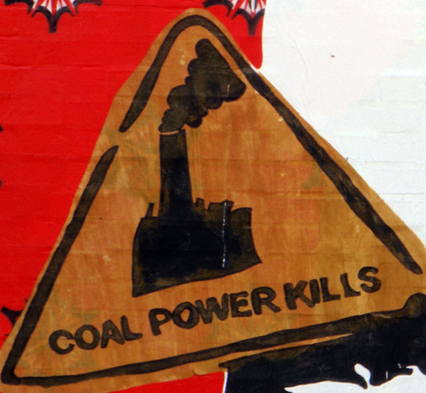Sens. Jeff Merkley (Ore.) and Bernie Sanders (Vt.) have introduced a fantastic bill that deserves to be part of the climate/energy package the Senate votes on later this year.
The Thermal Energy Efficiency Act (S.1621) “would dedicate 2% of revenues from climate change legislation to fund combined heat and power, waste energy recovery, and district energy projects. Based on various estimates, this could mean roughly between $1 billion and $1.5 billion per year for clean energy infrastructure.”
Sean Casten has written a great deal on the site about the enormous benefits of waste heat capture. You can also read great articles about it by Bill McKibben in Orion and Joshua Zumbrun in Forbes. But Sanders’ press release sums up pretty well why this is a huge deal:
Thermal energy and combined heat and power (CHP) offer a huge opportunity for efficiency and emissions reduction using today’s technology. CHP can be used with a variety of fuel sources, including coal, natural gas, geothermal, biomass, oil, and waste.
According to the Department of Energy, moving from having 9% of our electric power as CHP today to 20% by 2030 would:
• avoid 60% of our projected increase in carbon dioxide emissions (equivalent to taking half of all passenger vehicles in the U.S. today off the road),
• create more than 1 million new jobs, and
• leverage new investments of $234 billion.In order to achieve this, however, we need to increase long-term funding support for these systems. DOE has a stimulus-related funding application for $156 million for CHP, waste energy, and district energy. They have received 359 applications for projects valued at $9.2 billion. This represents a 25 to 1 ratio in terms of funding need to federal funding available. Based on the federal match, this shows that additional federal funding could leverage billions in state, local, and private sector dollars if more federal funding was available.
In their latest study, McKinsey & Co. says:
NPV[Net Present Value]-positive deployment of combined heat and power systems could increase from 85 GW in 2008 to 135 GW in 2020, representing a substantial opportunity to increase efficiency in primary energy and drive 1,390 trillion BTUs of primary-energy savings, reduce facility-level energy costs by $77 billion, and abate greenhouse gas emissions by 100 megatons of CO2e.
So a) this is an enormous opportunity to cost-effectively reduce climate pollution, and b) there’s enormous, pent-up demand for coordinated resources and assistance.
Sounds like a good thing for a climate/energy bill to focus on!
I can’t help noting that discussing waste heat capture is a frustrating undertaking. For one thing, it doesn’t have a single name — recycled energy; combined heat and power; cogeneration. For another, the opportunities are dispersed and diverse. It’s difficult to figure out a 30-second elevator pitch for it. And finally, it’s fairly boring and technical (thus the cat video). The barriers aren’t technological. There won’t be any whizbang breakthroughs in Popular Science. What’s needed are regulatory changes, financing, and patient, persistent education.
It’s not a sexy issue, but it’s important. Kudos to Sanders and Merkley for taking it on.




